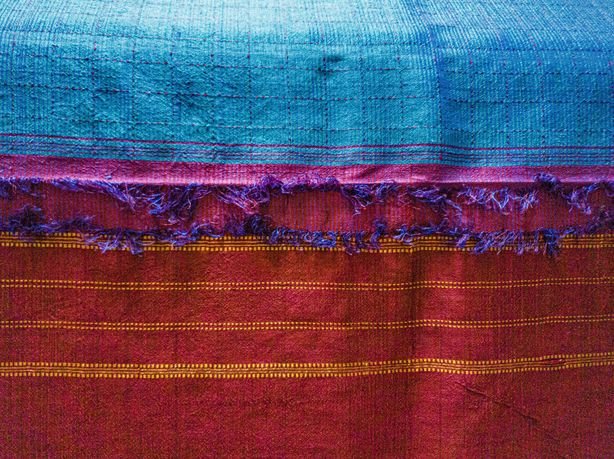Kanjeevaram Essentials; The Petni
Always honoured and always revered, the Kanjeevaram has a myriad of elements that make it so very precious. When you step back and view the Kanjeevaram through an aesthetic lens, it is undoubtedly art on silk tapestry. The jewel-tone hues, the elaborate motifs all make for a treat to behold. However, it is not just the aesthetics that have positioned the Kanjeevaram as a weave that has gone down in history as one of the most renowned. Beginning from conceiving the design to weaving them into existence, the sheer magnitude of skill that goes into every process is extraordinary. This brings us to the Petni technique.

The technique is implemented when the body of the saree is interlocked with the pallu section, most likely in a contrasting colour. It is a time-conusming task, involving hours of intense labour and it has become a rarity to see these techniques be used. Once the body of the saree has been woven, the setup of the loom is changed with the warp colours of the pallu. The warp threads of the body are later painstakingly hand-tied to that of the pallu in a series of looped twists. The petni method gives the appearance of the body and the pallu almost melding into each other. When weaving tissue Kanjeevarams that extensively use zari in the body, the complexity of the petni doubles as the zari and silk threads have varying tensions. Just like the korvai, the petni is one of the many methods that sets apart a regular saree from an authentically handwoven Kanjeevaram. It is these techniques that form the core of a Kanjeevaram. The vast knowledge of these elaborate procedures have been passed down across several generations of weavers. Although simpler alternatives have been found over the course of the years, the weavers of Kanchipuram have kept alive the tradition of incorporating these methods into creating these sarees, keeping intact the absolute beauty of a handwoven Kanjeevaram.
